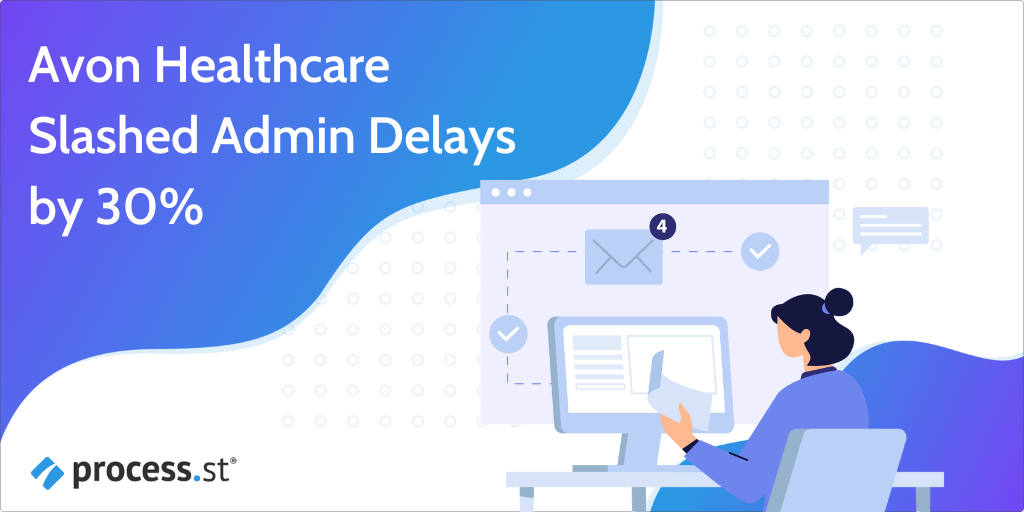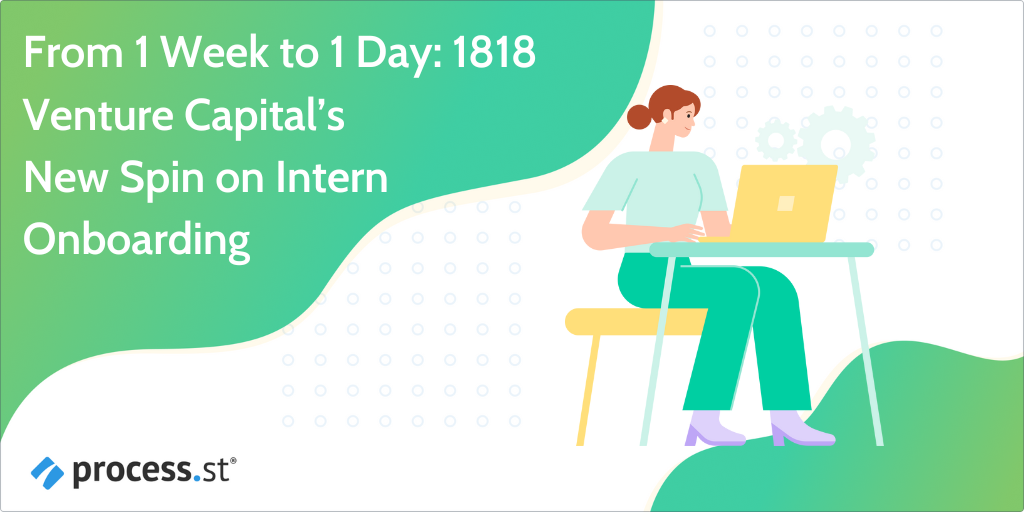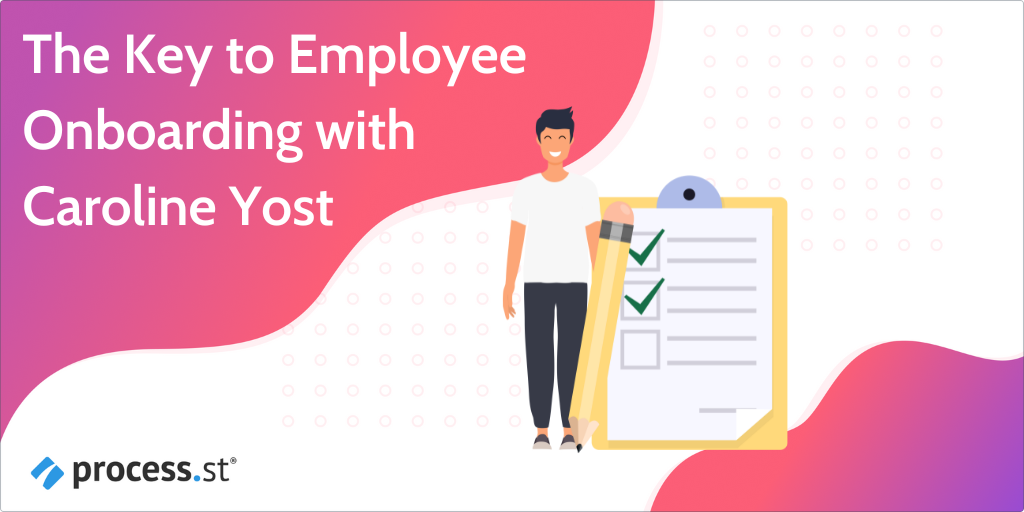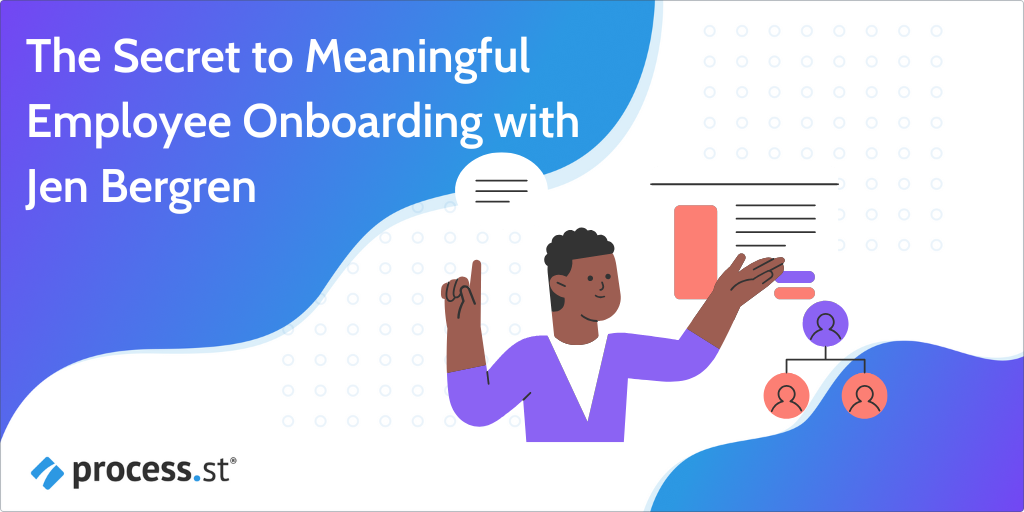Elite Business Ventures (EBV) was a high-volume compliance and safety solutions provider with over 65 employees and millions in annual revenue. Known for brands like OSHA4Less, EBV served tens of thousands of customers in regulated industries across the United States.
Subscribe to the Process Street blog
Get our posts & product updates earlier by simply subscribing
Christian Marketing Case Study: 54% Higher Email Engagement & 150% More Event Attendees
At Teach 4 the Heart, a fast-growing professional development provider for Christian educators, scaling operations meant finding a better way to manage daily tasks, email campaigns, and large-scale events like the Rise Up Summit.
The team was outgrowing Trello. Marketing performance had plateaued. And coordinating external sponsors and team members felt increasingly chaotic. Continue Reading
Avon Healthcare Slashed Admin Delays by 30%

In healthcare, every delay has consequences. When processes break down, patients wait, clinicians burn out, and treatments stall. Globally, nearly 25% of a clinician’s workday is swallowed by admin, not care. And 30–40% of treatment delays can be traced back to outdated, manual workflows. Avon Healthcare Limited, a leading health maintenance organization in Nigeria, faced these same bottlenecks until they adopted Process Street. Continue Reading
How to Crush Your Next Joint Commission Audit Without Burnout

If your Joint Commission audits feel like a fire drill, you probably have a workflow problem.
Our partner Improv, just published an article detailing how to use Process St to prepare for a Joint Commission audit. Read more from Dr. Sarah Inman and Kai deSilva on how to build a bulletproof compliance system while avoiding binders and burnout.
Calderys’ Blueprint for Faster, Smarter Global SAP Workflows

Calderys, a global leader in high-temperature refractory solutions, supplies critical materials to industries like steel, cement, and petrochemicals. With operations across Europe, the Americas, and Asia—including the UAE—the company supports extreme industrial environments with tailored, high-performance products.
But as Calderys expanded globally, managing workflows across continents became slow, siloed, and manual. Teams re-entered data across disconnected systems like SAP, leading to errors, delays, and duplicate work. Leadership struggled to track progress, identify bottlenecks, or get reliable reports. Visibility was limited. Accountability was unclear. Decisions were based on lagging, inconsistent data.
To fix this, Calderys needed a system to automate tasks, sync critical data between platforms like SAP and Salesforce, and give leadership real-time insight into performance to operate at scale.
CRMs Failed Them, So Atlas Fiduciary Automated Their Way to Success
 In wealth management, precision isn’t optional. Atlas Fiduciary Financial,—founded in 2020 and managing a $220M+ portfolio—has rapidly become a trusted leader, offering fee-only, conflict-free guidance to high-net-worth clients. However, as the firm scaled, their legacy CRM tools couldn’t handle the complexity of their financial services process management. They needed a modern solution that delivered process automation in financial services and true financial process management software capabilities. Continue Reading
In wealth management, precision isn’t optional. Atlas Fiduciary Financial,—founded in 2020 and managing a $220M+ portfolio—has rapidly become a trusted leader, offering fee-only, conflict-free guidance to high-net-worth clients. However, as the firm scaled, their legacy CRM tools couldn’t handle the complexity of their financial services process management. They needed a modern solution that delivered process automation in financial services and true financial process management software capabilities. Continue Reading
From 1 Week to 1 Day: 1818 Venture Capital’s New Spin on Intern Onboarding
 Managing investments in tech startups demands precision. With a portfolio spanning 30 companies, including notable investments like Currensea, Willo, and Sidekick, and 12 successful exits under its belt, 1818 Venture Capital (eighteen-eighteen) was no stranger to pressure. Behind the scenes, their intern onboarding workflows were growing increasingly complex. Relying on lengthy email chains, scattered documents, and an evolving compliance process, the firm needed a more structured approach. Continue Reading
Managing investments in tech startups demands precision. With a portfolio spanning 30 companies, including notable investments like Currensea, Willo, and Sidekick, and 12 successful exits under its belt, 1818 Venture Capital (eighteen-eighteen) was no stranger to pressure. Behind the scenes, their intern onboarding workflows were growing increasingly complex. Relying on lengthy email chains, scattered documents, and an evolving compliance process, the firm needed a more structured approach. Continue Reading
Setting Expectations: The Key to a Successful Employee Onboarding Experience with Caroline Yost

Onboarding isn’t just about introductions and paperwork—it’s about ensuring new hires feel equipped and engaged from day one. In this episode of the Employee Onboarding Podcast, Erin Rice speaks with HR expert Caroline Yost about the one thing most onboarding processes get wrong: a lack of clear expectations.
The Secret to Meaningful Employee Onboarding with Jen Bergren
Onboarding should foster human connection
Most companies treat onboarding as a structured process of paperwork, policies, and productivity expectations. However, according to Jen Bergren, onboarding expert and knowledge management strategist, one essential element is often missing: human connection.
In this episode of the Employee Onboarding Podcast, Jen shares insights from her research and experience on why successful onboarding is about fostering relationships, confidence, and belonging from day one.
The Hidden Connection Between Onboarding & Your Bottom Line with Megan Weizel

Onboarding isn’t just an HR process. It’s the foundation for business growth. From creating white-glove candidate experiences to aligning stakeholders early, Megan Weizel, Managing Partner and Career Strategist at Salmela, shares actionable strategies that will change how you think about recruiting, onboarding, and keeping top talent.







